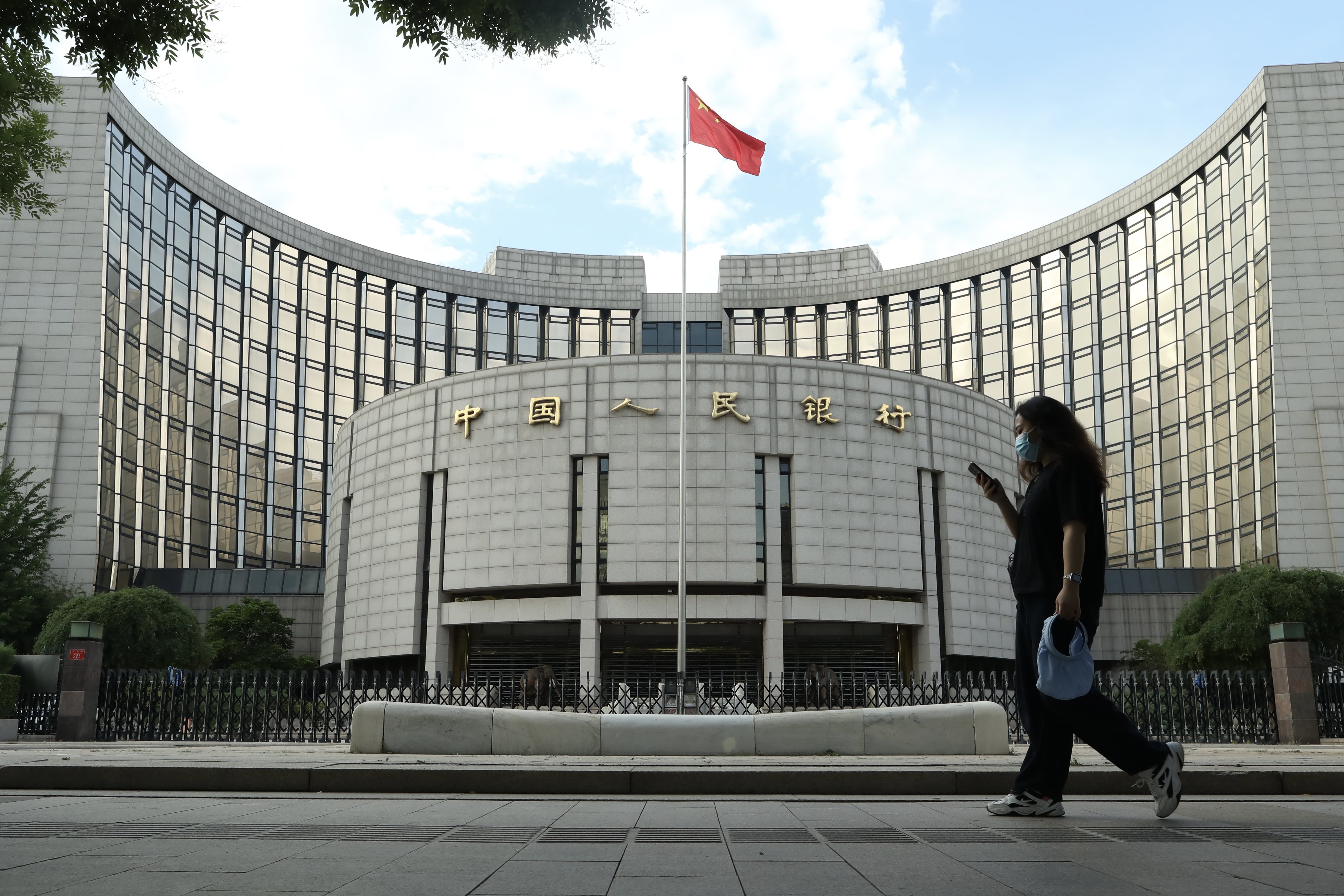China's central bank cut a key short-term lending rate for the first time in 10 months, signaling that more easing measures are on the way to stabilize the economy.
The People's Bank of China (PBOC) lowered the 7-day reverse repo rate by 10 basis points to 1.90%, injecting liquidity into the financial system. The cut followed declines in deposit rates by commercial banks and comments from the PBOC governor about strengthening countercyclical policy.
The yuan weakened and government bond yields fell after the rate decision, indicating that markets expect further easing from the PBOC in the weeks ahead. Analysts said the bank may want to mitigate damage to the yuan before the Fed's meeting this week, amid widening yield differences with the U.S.
The rate cut suggested policymakers are growing concerned about China's economic recovery as demand and investor sentiment soften. More rate reductions and reserve requirement ratio (RRR) cuts are possible this year to spur credit growth and investment.
Goldman Sachs expects another RRR cut or policy rate reduction in the fourth quarter, depending on the economic outcome over the next few months.
While global central banks are raising rates to fight inflation, China is bucking the trend with easing measures to support growth. However, further rate cuts risk accelerating capital outflows and depreciating the yuan.
In summary, China's central bank kicked off an expected cycle of easing measures to prop up the sputtering recovery. More stimulus is in the pipeline, but the PBOC must also weigh the risks of currency depreciation and capital flight.










